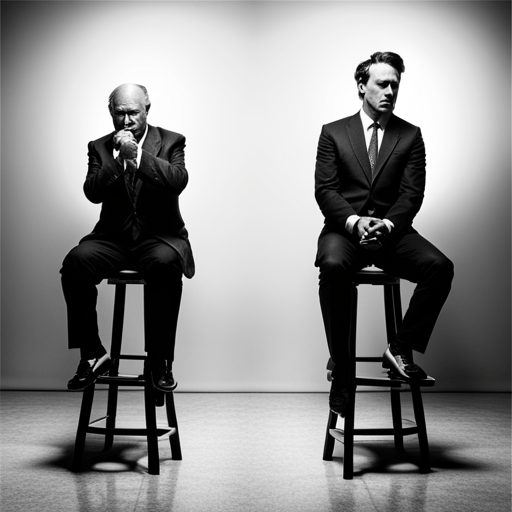Clipping vs Limiting

What are the potential implications of using clipping instead of limiting in PAA, and vice versa?
: Understanding the Key Differences
In the world of audio production, the terms ”clipping” and “limiting” are often tossed around. Both terminologies play a pivotal role in sound engineering, dictating the quality and clarity of the output. However, they are not interchangeable and represent different technical processes in audio manipulation. This article aims to shed light on the differences between clipping and limiting, discussing their uses, effects, and characteristics.
What is Clipping?
Clipping refers to a form of waveform distortion that happens when an amplifier is over-driven and attempts to deliver an output voltage or current beyond its maximum capability. When this occurs, the peaks of the audio signals are “clipped” off, resulting in a harsh, distorted sound. Clipping can sometimes be a desired effect in music production when looking for a specific “gritty” or “raw” sound, but generally, it’s viewed as ugly distortion, particularly in high-fidelity audio applications.
Types of Clipping
There are mainly two types of clipping: hard clipping and soft clipping. Hard clipping occurs when the amplitude of a signal is severely clipped to the maximum level of a system, creating a square wave. On the other hand, soft clipping is a more subtle version in which the waveform is rounded off rather than sharply cut, producing distortion that can be more pleasant to the ear.
What is Limiting?
On the other side of the spectrum is limiting, which is a type of audio processing intended to manage signal levels. A limiter works by setting a certain output amplitude limit. If the input amplitude exceeds this limit, the limiter reduces the signal to prevent overloading and distortion. Unlike clipping, limiting doesn’t result in distortion unless the release time (how quickly the signal levels return to normal after being reduced) is set too short.
The Role of Limiters
Limiters play a crucial role in sound engineering by ensuring that audio signals never exceed a specified output level. This process not only prevents distortion caused by overloading but also maintains a consistent volume throughout the audio piece. Thus, the use of limiters is common in radio and television broadcasting to maintain controlled audio levels.
: The Key Differences
At first glance, it may seem that clipping and limiting serve the same purpose – preventing audio distortion. However, the key difference lies in their approach and impact on the sound. When clipping occurs, distortion is inevitable, often resulting in a more aggressive and edgy sound. While sometimes desirable, this effect is generally unwanted in professional audio applications.
Limiting, on the contrary, is a technique used to prevent distortion from occurring in the first place. It reduces the peaks of a signal to ensure it never exceeds the system’s maximum output level, keeping the audio clean and balanced. Therefore, while both techniques deal with volume peaks, they affect sound quality differently, with clipping introducing distortion and limiting preventing it.
Conclusion
In conclusion, understanding the difference between clipping and limiting is essential in music production and sound engineering. By properly applying these techniques, you can manipulate audio signals to fit your purpose, whether you’re aiming for a raw, aggressive sound or clean, balanced audio.
